Many years of research and experiments showed success in creating vaccines for many infectious diseases, such as measles, rubella, hepatitis A, B, diphtheria, flu, tuberculosis, and many others. While some people see it as a massive step towards the future and improving health care in general, others disagree with the effect and purpose of such experimentation. The invention of vaccines has taken healthcare and humanity to new levels, where infectious diseases have ceased to be the leading cause of death, especially among children. Vaccination is the reason for smallpox existing only within the confines of the laboratory. This disease remains one of the worst sicknesses in human history. It is clear that even though the human immune system can help fight diseases, sometimes it is not strong enough. That is why humanity needs vaccines – to provide extra protection from infections. However, not all people have access to information about vaccines; thus, it is the government’s responsibility to educate them about the matter(“Vaccines and Immunizations,” 2016).
People are born with an immune system that acts in defense of the body from foreign bacteria and viruses. When germs attack the body, the immune system produces a protein, which is called antibodies that fight and eventually kill germs. However, in many cases, especially with viruses, natural immunity has its limits. It occurs due to the deceptive nature of viruses; they hide in the body, making it difficult for antibodies to locate them. By the time when the immune system discovers the virus, it has already increased in size. It causes a further exaggeration of the sickness. The virus, however, while disguised, contains its own unique code. The vaccine contains this code and imparts it to the antibodies in an effort to guide their path to the virus. For example, the smallpox vaccine has smallpox cells in it. They are supposed to teach the immune system to recognize the real disease; thus, enabling it to fight the disease later (“Vaccines and Immunizations,” 2016).
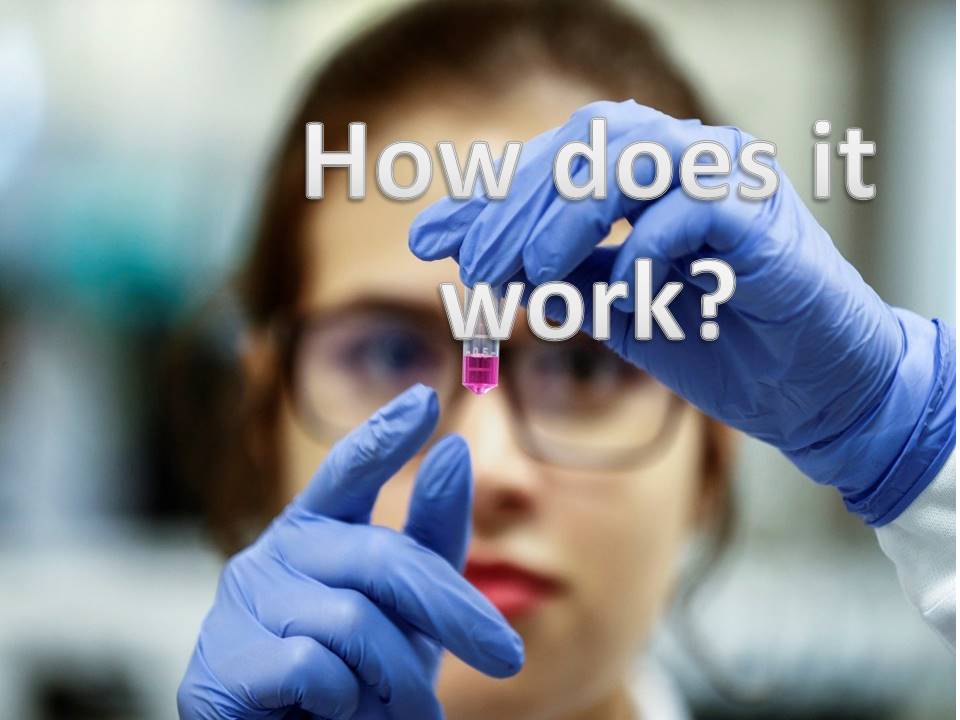
While scientists continue their search for vaccines, the growing popularity of anti-vaccination has begun to emerge. This group has even refused to vaccinate their children, creating further risk to communities and healthcare systems since the vaccination is supposed to minimize vaccine-preventable outbreaks. However, for specific reasons such as religion, personal preference, and mistrust for the healthcare system, people refuse to vaccinate themselves and their children (Manski, 2017). Many of those who do not vaccinate also support the anti-vaccine movement. It remains one of the biggest threats to the U.S. healthcare system, and potentially disfiguring the progress it has achieved in the last hundred years. Whatever the reason, this tendency appeared because people have forgotten how dangerous pandemics can be. Creating vaccines for infectious diseases has decreased past outbreaks in a significant way. A global epidemic has not happened for a hundred years since the Spanish influenza that killed almost fifty million people (Huremović, 2019).
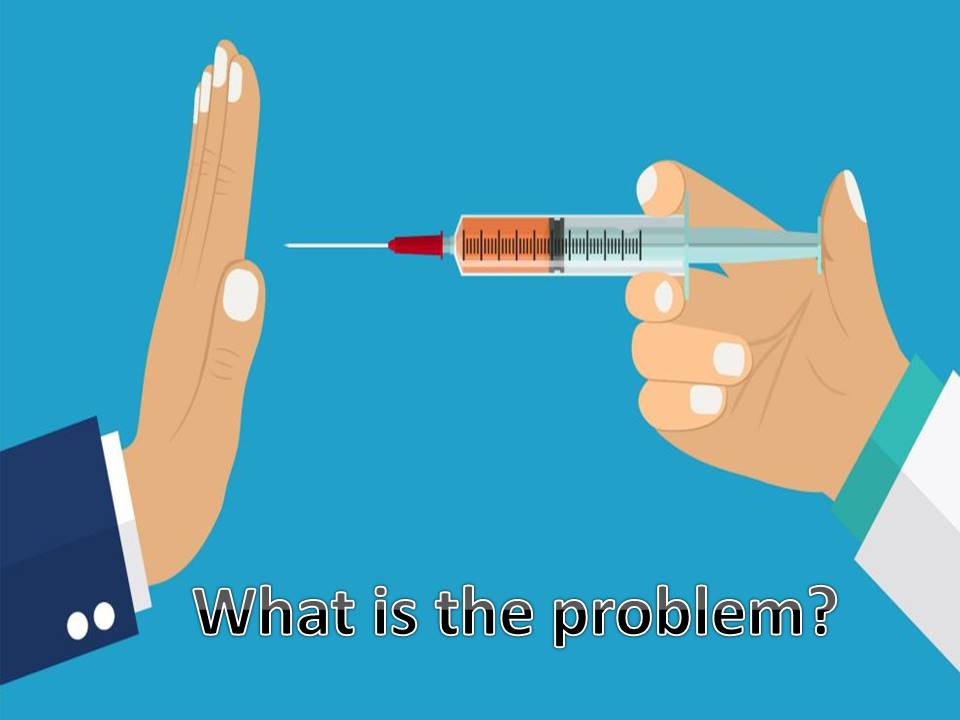
Among some reasons for people to refuse to vaccinate are the following: religious beliefs, personal beliefs, concerns about safety, and mistrust. Refusal for vaccines in most cases is linked to deeply religious communities, where people believe that any drugs, even ones that cure, are unnatural. Religious people do not only oppose vaccines; they oppose healthcare in general. On the other hand, there are many people who think that a body can fight disease on its own without any help, so they use this personal reason to refuse vaccination. In this case, they claim that people were naturally fighting disease long before developing vaccines. Some think that vaccines are dangerous and can cause autism or even death. However, some people do not trust science and demand more information about the vaccine, how it works, and what the consequences are (Hussain et al., 2018).

People who refuse to vaccinate for religious or personal beliefs, for safety reasons or mistrust, support the Anti-Vaccine Movement. It started with UK physician Andrew Wakefield who first published research about the measles vaccine that caused autism in children. Other scientists did not find any proof to support his research; therefore, it was criticized in the society; Wakefield was fired, and he lost his right to practice medicine for life. However, his idea gave a significant push to others who were opposing vaccination. Even today, with much existing research and accessibility of information, many people still believe that vaccines are dangerous and untrustworthy (Hussain et al., 2018). The movement has only gotten stronger with time, and it mainly exists in the developed democratic societies (Hussain et al., 2018).
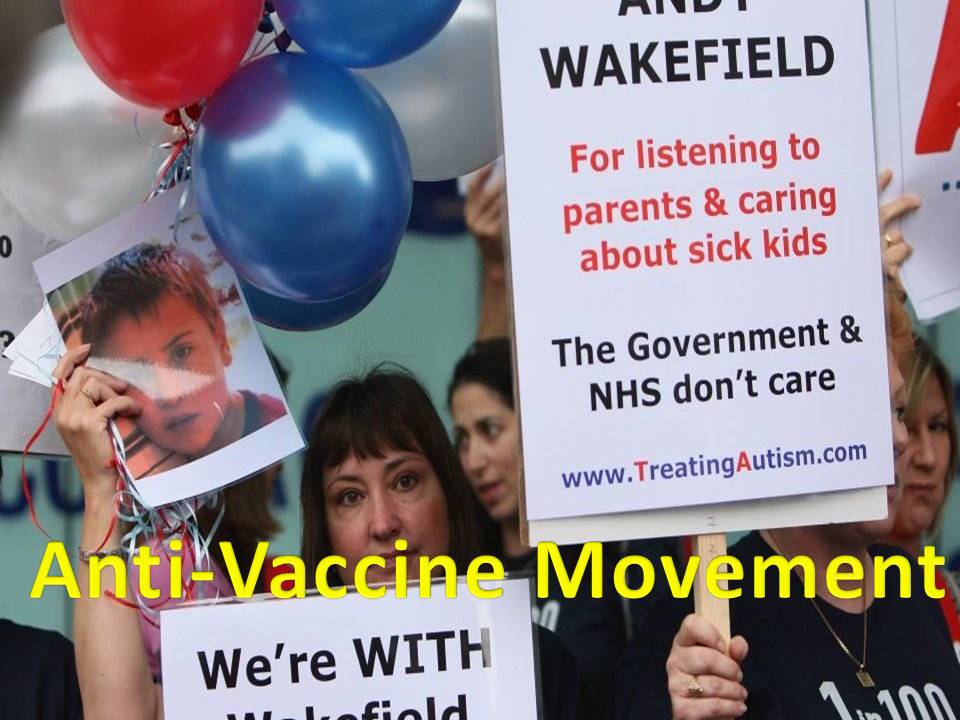
The more people support the Anti-Vaccine Movement, the more power it will gain on the government level. Many times, the US government has introduced a bill for mandatory vaccination of all children who attend public schools and kindergartens. However, the law has never passed because it was opposed by the Anti-Vaccine Movement, whose supporters believe that nobody can dictate what is best for their children, and they have the right for freedom of choice, even when it comes to the health of their children. Therefore, unvaccinated children keep going to public schools and other educational facilities, for example, summer camps. It caused an increase in vaccine-preventable diseases and aggravated the outbreak of seasonal flu. These outbreaks may not be dangerous to healthy people, but some cannot be vaccinated due to existing health conditions (Hussain et al., 2018).

There are some groups of people who cannot be vaccinated. Among them are people with pre-existing chronic diseases like cancer, patients with immunosuppressive diseases, like diabetes or HIV, and people who have allergy reactions for the ingredients that are contained in vaccines. These people are in risk groups of being exposed to infectious diseases; moreover, for them, the lethality rate is much higher than for healthy people. Many of those in risk groups are children who attend public schools and kindergartens. Since they cannot take a vaccine shot and have a pre-existing health condition, they are vulnerable to infections and viruses; moreover, they can become carriers for diseases and spread it even further. Therefore, unvaccinated children put their lives in danger and increase the possibility of a community outbreak (Manski, 2017).
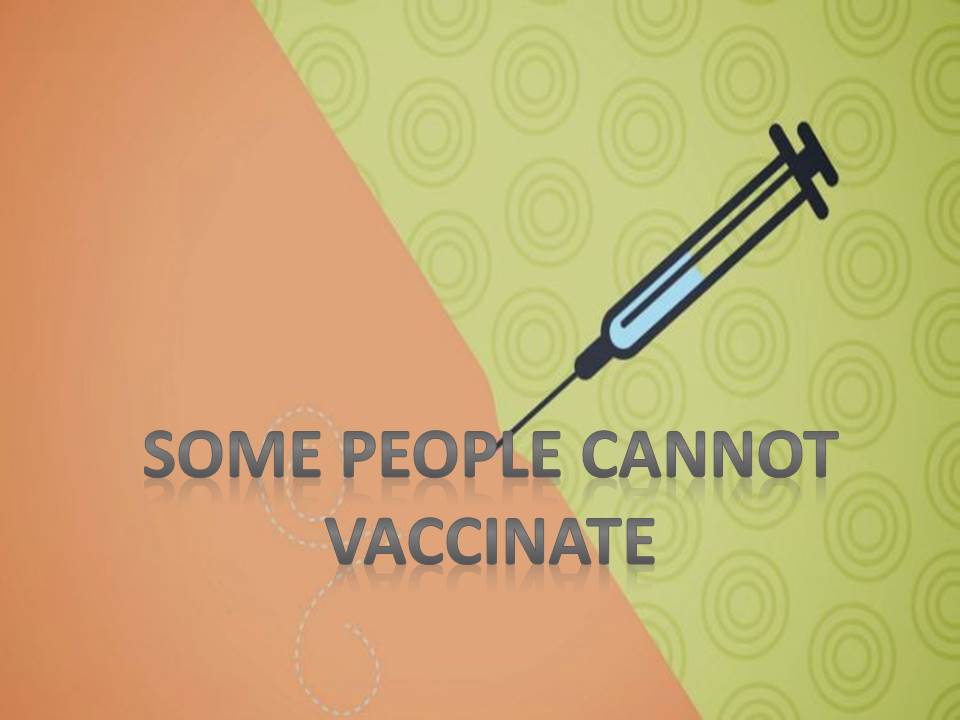
In 2019 CDC reported 1282 measles cases in 31 states, and in 2020 it has already confirmed 12 cases. Between 2014 and 2019, there have been confirmed 120000 cases of whooping cough, more than 3000 confirmed cases of mumps, more than 30000 cases of hepatitis A. Many of those who were infected were children, and many of them died. Numbers do not look so scary now, but even a hundred years ago, they were a thousand times higher and took the lives of many children and adults. These diseases were supposed to be eliminated with the existing vaccines; however, due to the anti-vaccine movement, community outbreaks happen every year, threatening to become a pandemic. In addition to the mentioned diseases, there is also a seasonal influenza epidemic, which infects more than 50 million people and kills more than 25 thousand of them (“Vaccines and Immunizations,” 2016).
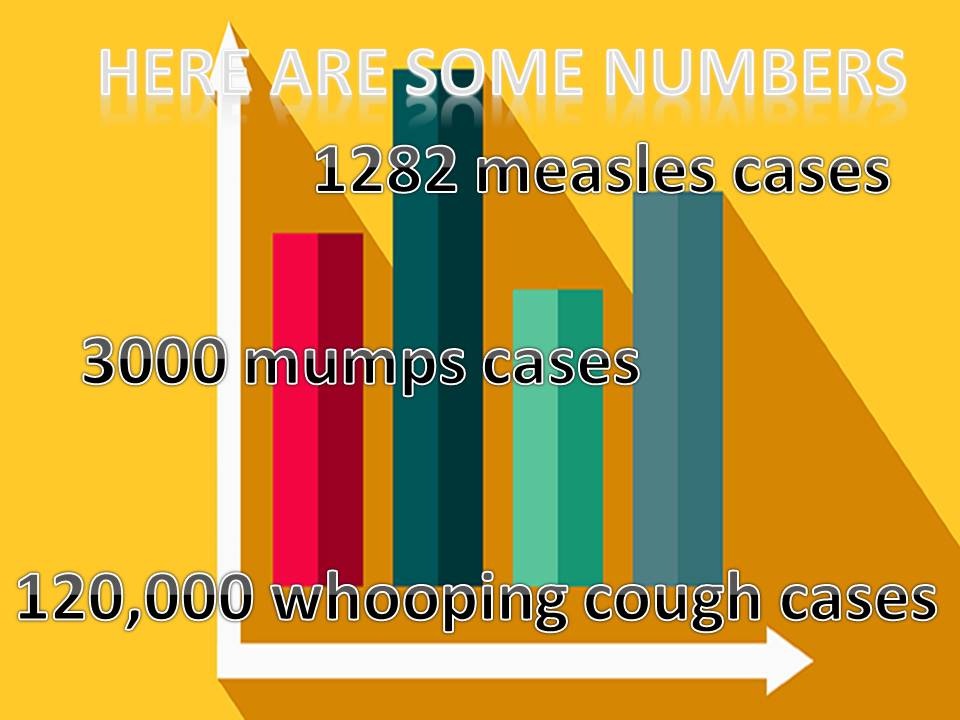
Influenza kills around 25 thousand people yearly; many of them are children. People with a weak immune system and pre-existing conditions are indeed in risk groups; however, a lot of people who die from the flu were healthy without any premises. Moreover, in pre-vaccine times flu epidemics were more severe; for example, Spanish flu that took lives of almost 50 million people around the globe. The only infectious disease that was entirely eliminated by vaccination is smallpox, and now it only exists in the laboratories. It is a great achievement for science and humanity in general. Moreover, vaccination prevents up to 1.5 million deaths every year. Unfortunately, people who refuse to vaccinate can disfigure all the effort, because vaccine-preventable outbreaks happen more often lately. (“Vaccines and Immunizations,” 2016).
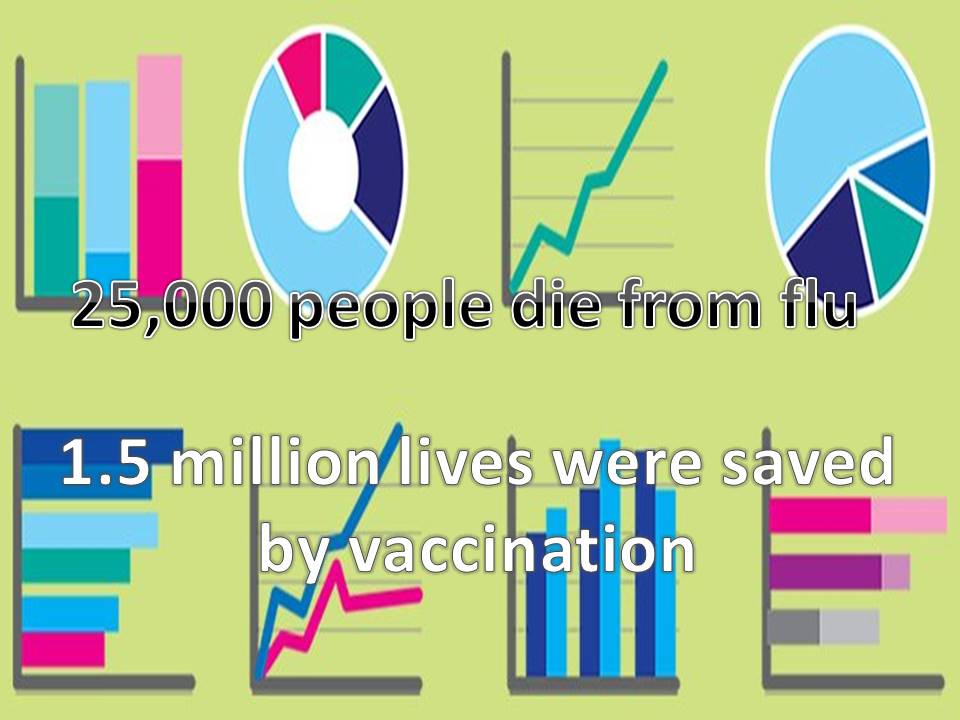
The Center for Disease Control warns the public about possible pandemics. They say it is not the question of “how” but a matter of “when.” The possibility of new disease outbreaks always exists, and it is the government’s responsibility to be ready. It makes the outbreak of existing and vaccine-preventable diseases at an even higher risk. Since, while the government will put all the effort to control the epidemic that could be prevented by vaccination, there would be no resources to avoid the possibility of unknown virus appearing. The situation the public can currently see with the COVID-19 outbreak is exactly what epidemiologists were warning against. Moreover, the situation is unclear, and it is unknown how existing diseases would behave in combination with the new virus (“Vaccines and Immunizations,” 2016).
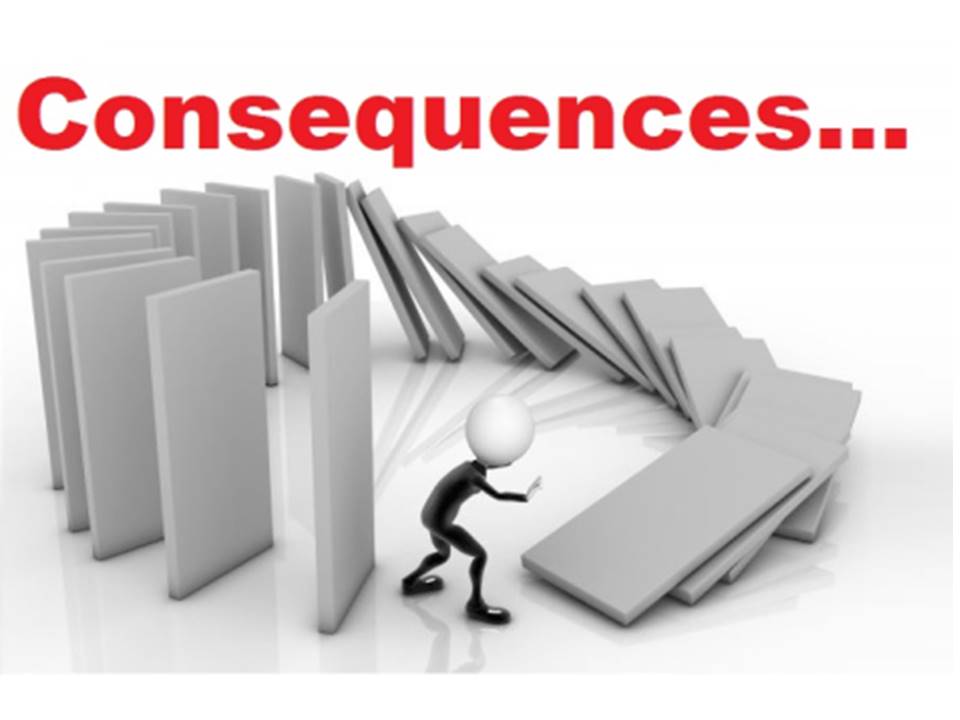
Refusal to vaccinate has a direct impact on public health and the whole healthcare system. It creates favorable conditions for not only spreading the disease but also for its future mutations. However, most importantly, it has a significant influence on the healthcare system. The main stakeholders in this situation are doctors who work directly with sick people. During the seasonal flu, their shifts last up to 72 hours, which also affects their health and suppresses their immune system. At the times of epidemic, medical staff is exposed to the infection to the greatest extent, and they would be the first to get sick. The question that supporters of the Anti-Vaccine Movement should ask is who will treat them if all doctors are ill (Camargo & Grant, 2015).
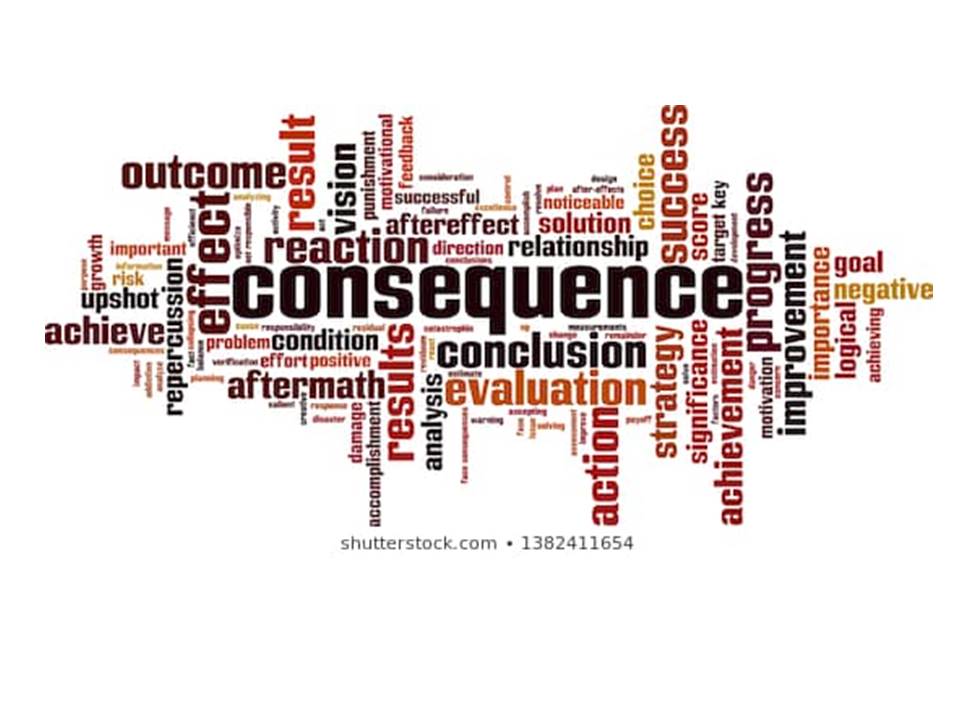
Outbreaks of vaccine-preventable diseases usually happen in countries where the vaccination rate is low. Sadly, the United States is of countries that had the most significant vaccine-preventable disease outbreaks in the last 25 years. Therefore, the government tries to implement different strategies to make the public aware of the consequences of epidemics. For example, sociologists study human behavior to find the algorithm of actions that would help them to improve the vaccination rate. However, it does not tend to strengthen the situation, since more and more people every year start to support anti-vaccine movements and oppose the scientific progress in medicine. The problem seems to be that the strategies are focused on pursuing people to vaccinate, instead of educating them on the matter (Camargo & Grant, 2015).

So far, it is clear that mandatory vaccination by law, fines, and force are not good enough strategies to make the Anti-Vaccine Movement to cool down. However, one approach showed positive results – it is education. The best way to make people accept something or change their view is to tell them everything about the matter. Information about vaccine-preventable outbreaks and a subject of a pandemic should be accessible not only for scholarly purposes but in mass media as well. People must hear and watch it so that they know what it is. Moreover, it should be taught at schools so that children growing up know about causes, effects, and how to prevent spreading infectious diseases. Education is the key to changing people’s position in refusing to vaccinate (Manski, 2017).
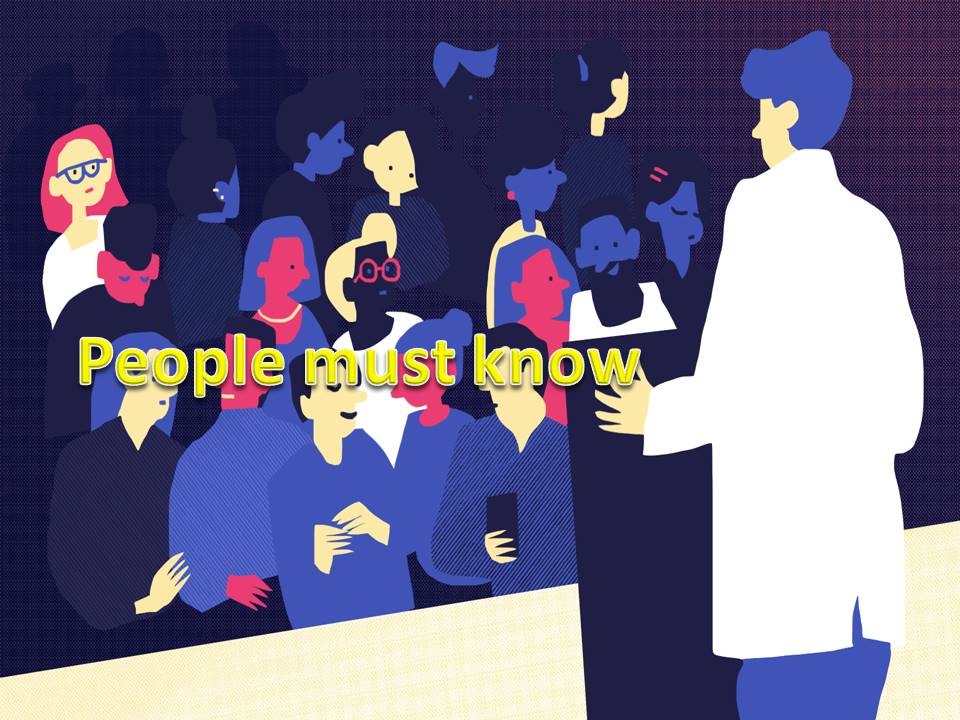
The lack of educational information makes people do their own research. Since there is a lot of available misinformation about vaccinating online, people tend to read and believe it. People must know how to distinguish misleading sources from the actual scientific conclusion so that they understand what vaccines are and how they work. Moreover, many people trust opinions, public figures, and celebrities, or even the expertise of their charismatic friends. Often, if somebody famous is against vaccination, many others would believe his or her knowledge. It is crucial for government and public health officials to cooperate with such people. Using mass media and advertising for promoting vaccination would have a positive impact on vaccination rates. The government also should consider putting more funding into human behavior research. (Camargo & Grant, 2015).
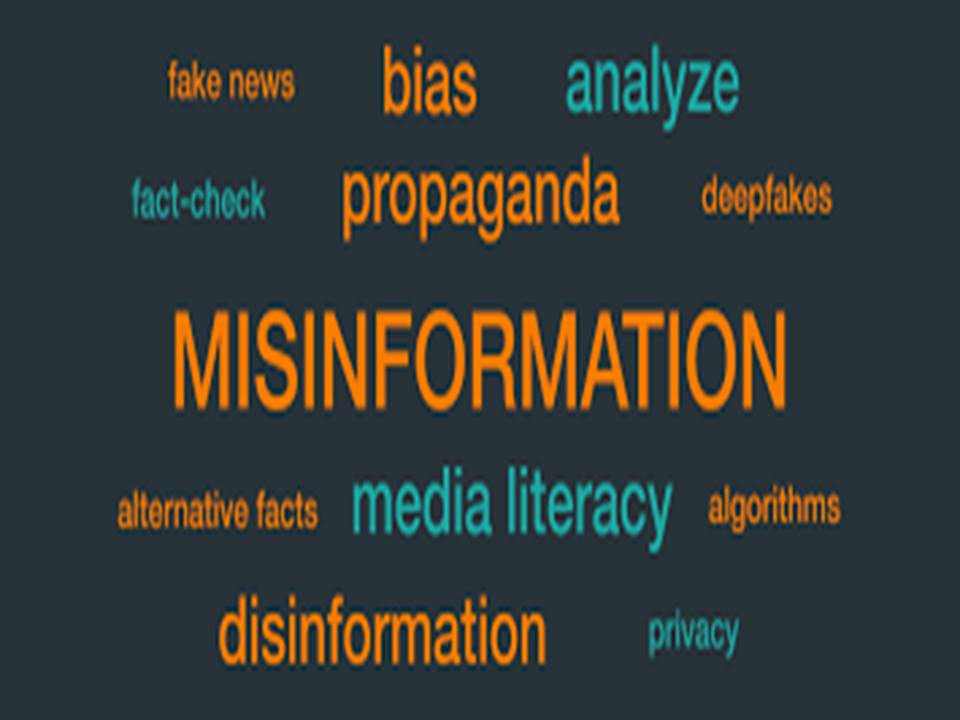
In democratic countries, like the U.S. mandatory vaccination is not the key strategy for controlling vaccine-preventable diseases. Since most countries in the world are democratic, it is people’s right to chose what to think and which ideas to support. As long as the concept of freedom of choice exists, there will always be people who believe that their rights are violated. If the government forbids non-vaccinated children to attend schools, they will most likely be home-schooled. The result of it could be them growing up and believing that vaccination is not necessary to live in society, which would harm future generations and potentially cause more outbreaks. It is essential that children receive proper education and understand the causes and effects of their choices on the community (Hussain et al., 2018).
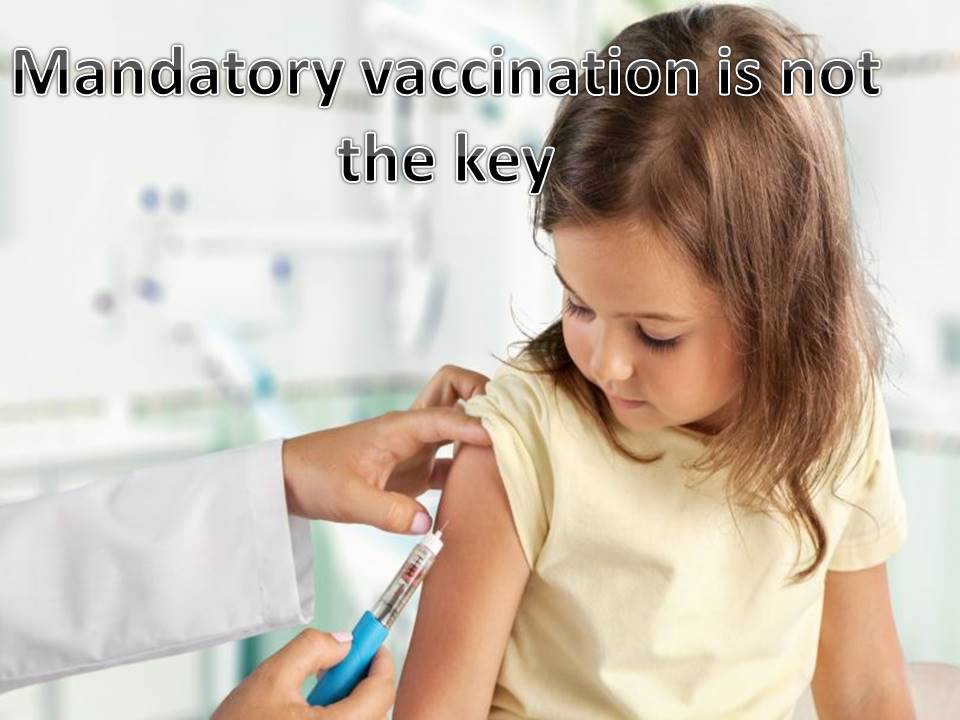
The bill presented in the U.S. Congress about mandatory vaccination of all children who attend public school has a few exceptions, such as religious and personal preferences, health condition, and intolerance for ingredients contained in the vaccine. These exceptions allow people to refuse to vaccinate their children. Moreover, the government attempted to allow teenagers under the age of 18 to vaccinate if they want to, but their parents opposed it. It is clear at this point that even if the bill passes, people will resist its implementation. Therefore, the mandatory vaccination as the leading measure will not be sufficient enough to improve vaccinating rates in the U.S. Extra steps must be taken to ensure the safety of the community and t avoid an outbreak (Wilson, 2019).

To find and implement an effective solution for improving vaccination rates, firstly, the specific audience must be determined. In this case, groups of people to be addressed are parents and students of all ages. Parents desire to protect their children, so they must be addressed and educated on the matter of vaccination accordingly. Most of the people who support the anti-vaccine movement are parents who believe that vaccines are dangerous and deadly. Therefore, it is essential to help them learn how vaccines work and what its purpose is, more importantly, how it will protect their kids. In terms of students, the earlier they know about vaccination as an essential tool for preventing sickness, the more chance they would make the right choice in the future.

An effective way to address parents and children and promoting vaccination would be advertising, posters, public appearances of famous figures, and mass media. It is essential to encourage vaccination not only in hospitals and clinics but also in schools, public places, theatres, shopping malls, and other places that the majority of people attend. As for students, educational facilities should implement a course about the necessity of vaccinating in the curriculum. It would not only increase the level of information but also encourage many students to do their research and spread the information further to their friends and relatives. Moreover, the posters with people who contracted vaccine-preventable diseases must be seen everywhere, so that people understand possible consequences. It is hard to change the opinion of adults; thus, it is better to focus on educating the younger generation.

Postponing vaccination puts one’s family, friends, and neighbors in danger. It is a fact that infectious diseases spread through clusters of families and friends, and today mostly occur in communities where the majority of people are not vaccinated (Camargo & Grant, 2015). Moreover, one always has close contact with people who have health conditions and cannot receive a vaccine. Therefore, one postponing or refusing to get the vaccine from infectious diseases may be the reason for threatening somebody else’s life. Standing for one’s personal and religious beliefs is a good thing, but everybody’s preferences cannot be considered at the same time; thus, there should be only one goal left – to take care of each other. If people want to live in society peacefully, they must put their personal or religious preferences aside and take care of the common welfare. Otherwise, the cost of neglect could go far beyond expectations.

To conclude, developing vaccines has brought humanity to a new level of disease control. It has significantly decreased the death rate from infectious sickness, which was the leading cause of death in the past. However, many people do not support vaccination for religious and personal beliefs, or due to their mistrust of the health care system. It can be crucial for the health care system and cause vaccine-preventable outbreaks to occur more often. It is essential to educate the public on the possible consequences of contracting infectious diseases so that they understand its effect on health. Mandatory vaccination is not sufficient enough to promote vaccinating. Therefore the government must take extra steps and use more resources, such as advertising in mass media and public appearances of famous people. These additional extra steps can help to teach the population about the importance of vaccination.
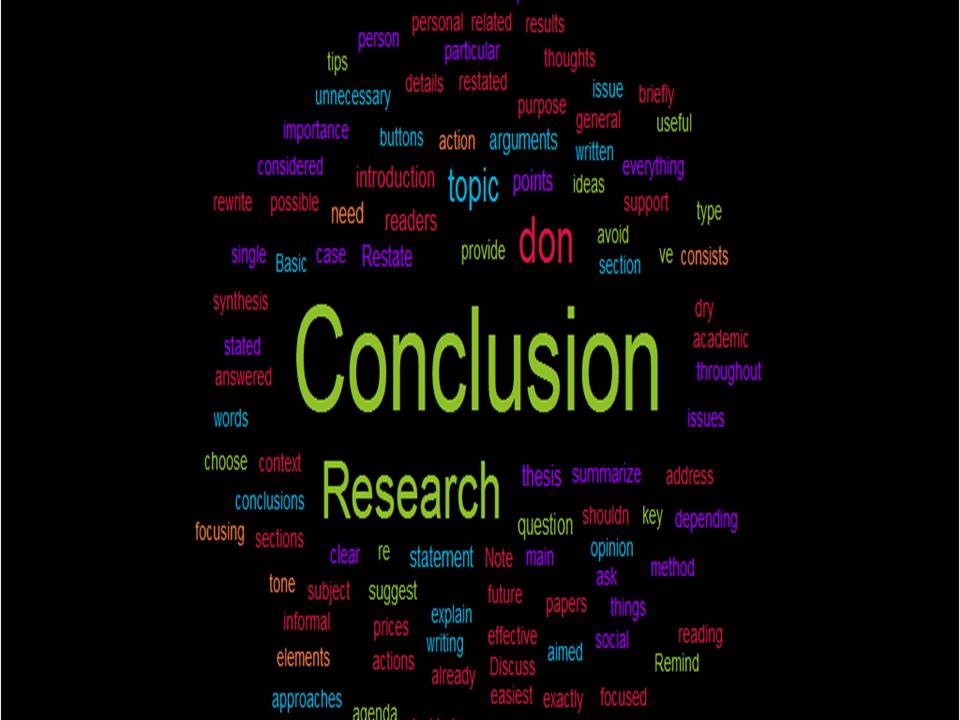
References
Camargo, K., & Grant, R. (2015). Public health, science, and policy debate: Being right is not enough. American Journal of Public Health, 105(2), 232–235. Web.
Huremović, D. (2019). Brief history of pandemics (Pandemics throughout history). Psychiatry of Pandemics, 7–35. Web.
Hussain, A., A., S., Ahmed, M., & Hussain, S. (2018). The anti-vaccination movement: A regression in modern medicine. Cureus. Web.
Manski, C., F. (2017). Mandating vaccination with unknown indirect effects. Journal of Public Economic Theory, 19(3), 603–619. Web.
Vaccines and Immunizations. (2016). Web.
Wilson, S., F. (2019). H.R.2527 – 116th Congress (2019-2020): Vaccinate All Children Act of 2019. Congress.gov. Web.